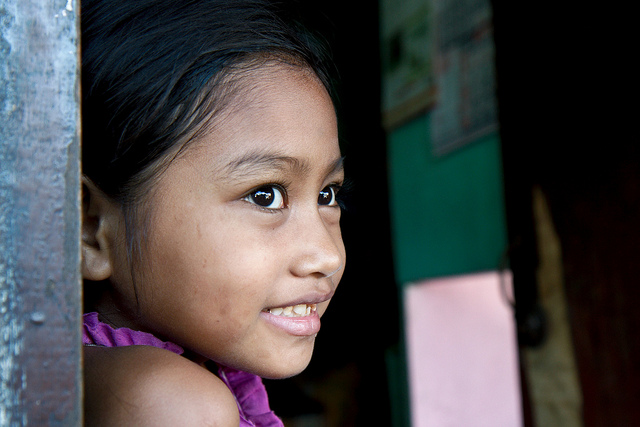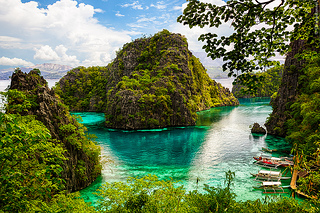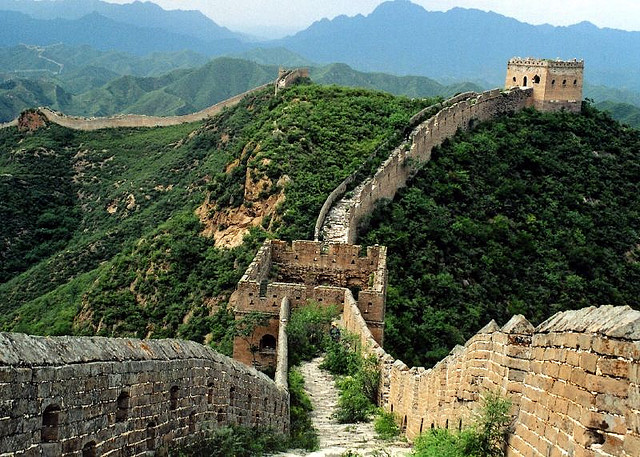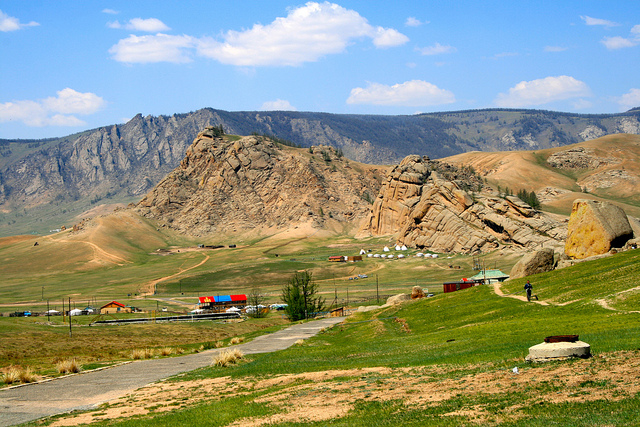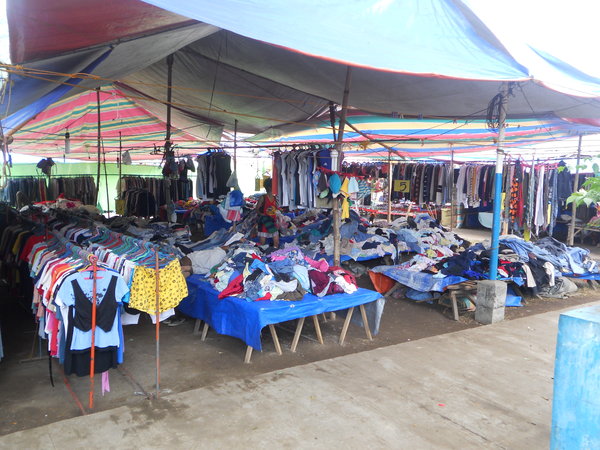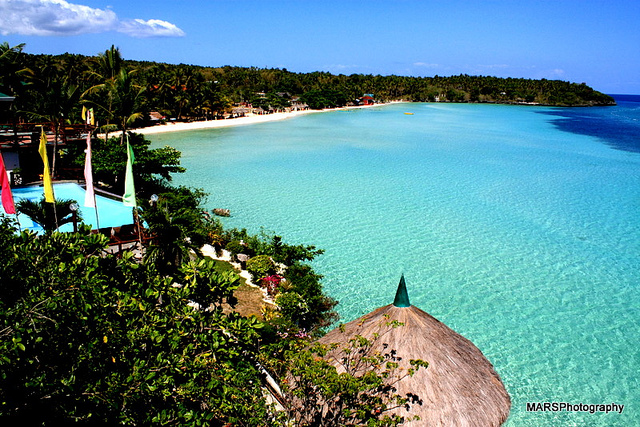There is a compelling reason why Sibuyan Island should be on the radar of every eco-traveler: It is one of the rare islands in the Philippines where primary growth forest can still be seen fringing the coast. Population pressures and clearing of the land for agriculture use have markedly reduced Philippine forests to a smattering of “emerald islands” that are often only found in high altitudes. Sibuyan Island, in that respect, is unique. It still retains a respectable percentage of its coastal primary growth forests which is obvious to anyone approaching the island on boat.
Given the urgent need to hold on fast to whatever primary forests we have left, it is apparent that Sibuyan Island is precious from the standpoint of ecological conservation. From the tourism perspective, it is both fragile and yet alluring, as the idea of experiencing nature in its untouched state is somehow hard to believe, given the widespread destruction of wilderness to give way to human civilization.
This photo essay puts together a fleeting look at an island that one day soon may succumb to the pressures of tourism, mining and that innocent yet loaded word, “development.” Hopefully, the people of this unassuming island would stand up to external pressures that could reduce their jewel of a homeland to a rubble of mining waste.
Part of the reason why Sibuyan Island is still largely inaccessible is because it is isolated from major ports, so long hours at sea are necessary. From the “nearby” port of Culasi in Roxas City, it is 6 hours on boat during summer, and definitely longer in rougher seas during the wet season. Even if you were to travel by plane and land in the bigger Tablas Island, there is still two hours of boat ride to get to Sibuyan.
The town square is where the community congregates when there are important political and social occasions. Judging from how deserted this “plaza” looks, the locals are either busy in the farms or fishing, or there simply are not enough people willing to endure the summer heat.
Public transport is scarce in Sibuyan. There are “jeepneys” in the morning but they are no longer available after lunch. Tricycles are another option, but they too, are hard to come by.
Characteristic of any “undeveloped” town, rough roads such as these could stretch for miles. If you want to summit Mount Guiting-Guiting, prepare to endure hours and hours of seriously rough roads.
During summer, rivers do dry up, so locals typically utilize them for transport.
Bicycles on Sibuyan Island have become a popular and cheap mode of transport. Bicycles like this were thought to have been bought from the post-tsunami surplus of Japan.
The standard tricycle fare from the main town to the jump off point in Magdiwang could run up to P300 apiece with luggage. Given the scarcity of transport and the difficult conditions of the road, P300 is a fair enough price.
The “bahay kubo” is still an ubiquitous structure in this unassuming island. Thatched houses such as this make good use of abundant indigenous materials like wood, bamboo and shingles made of palm fronds. Their light construction and ventilation make it bearable to stay indoors during the hot months.
Copra farming is a major economic activity in this island. Coconut trees can be grown easily and need very little maintenance. In dire economic situation, they can even be planted upland making otherwise non-arable areas productive.
Accommodation in Sibuyan is still pretty basic, given the fact that the bulk of tourists – mountaineers – bring with them tents and hammocks that they could just set up in designated areas, making inn-keeping a rather slow business.
Sibuyan Island in Romblon Series –
Photos by Lester Lope and Maevin Poncejan-Recto
